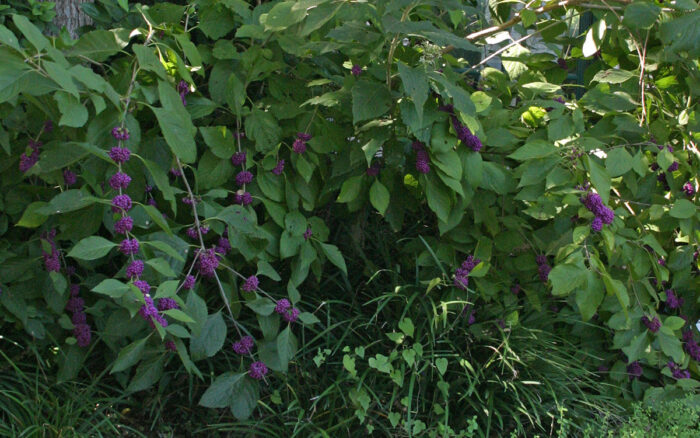
As the hot, Mid-Atlantic summer winds down, gardeners look forward to the mild weather of fall for a well-needed break. This is a good time to reevaluate the garden with an eye toward adding plants with fall interest and attractive fruit. Fortunately, there are many plants that fit the bill and grow exceptionally well in the Mid-Atlantic area. The following shrubs all have wonderful fall fruit displays and thrive in full sun to partial shade.
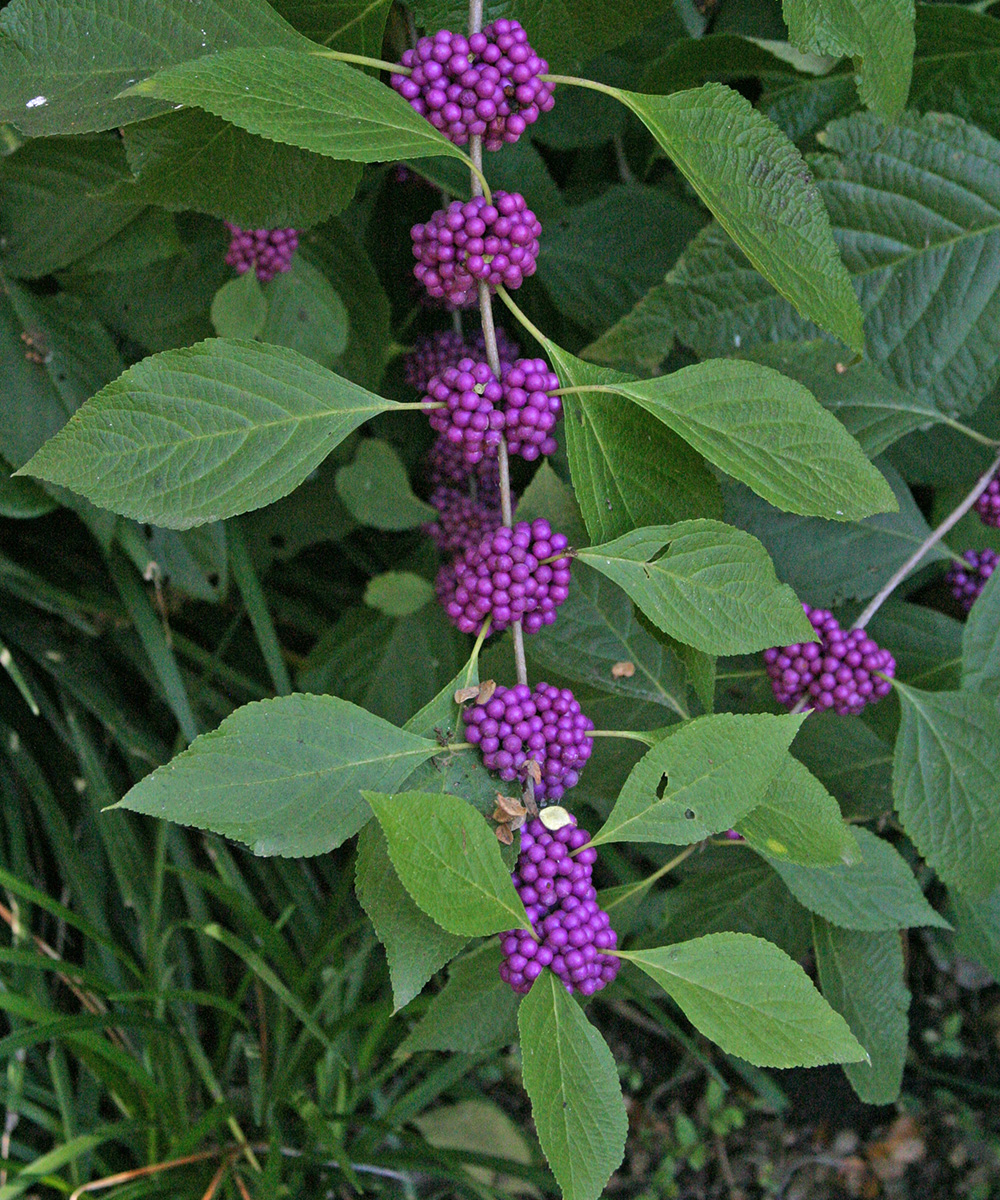
American beautyberry
Callicarpa americana, Zones 6–10
This native shrub performs wonderfully in the fall garden. Its medium green foliage and small flowers will blend in with other plants throughout the season. Then, just as the garden needs some color, it pops with its jewel-toned berries all along the stems. The loose, relaxed habit of the plant fits perfectly in a woodland setting or mixed border. One of the easiest shrubs to grow, it loves moist clay or sandy soil with some organic matter such as leaf litter left in the beds. American beautyberry reaches about 3 to 6 feet tall and wide and does not need much pruning. If necessary, the plant’s height can be controlled with very light pruning.
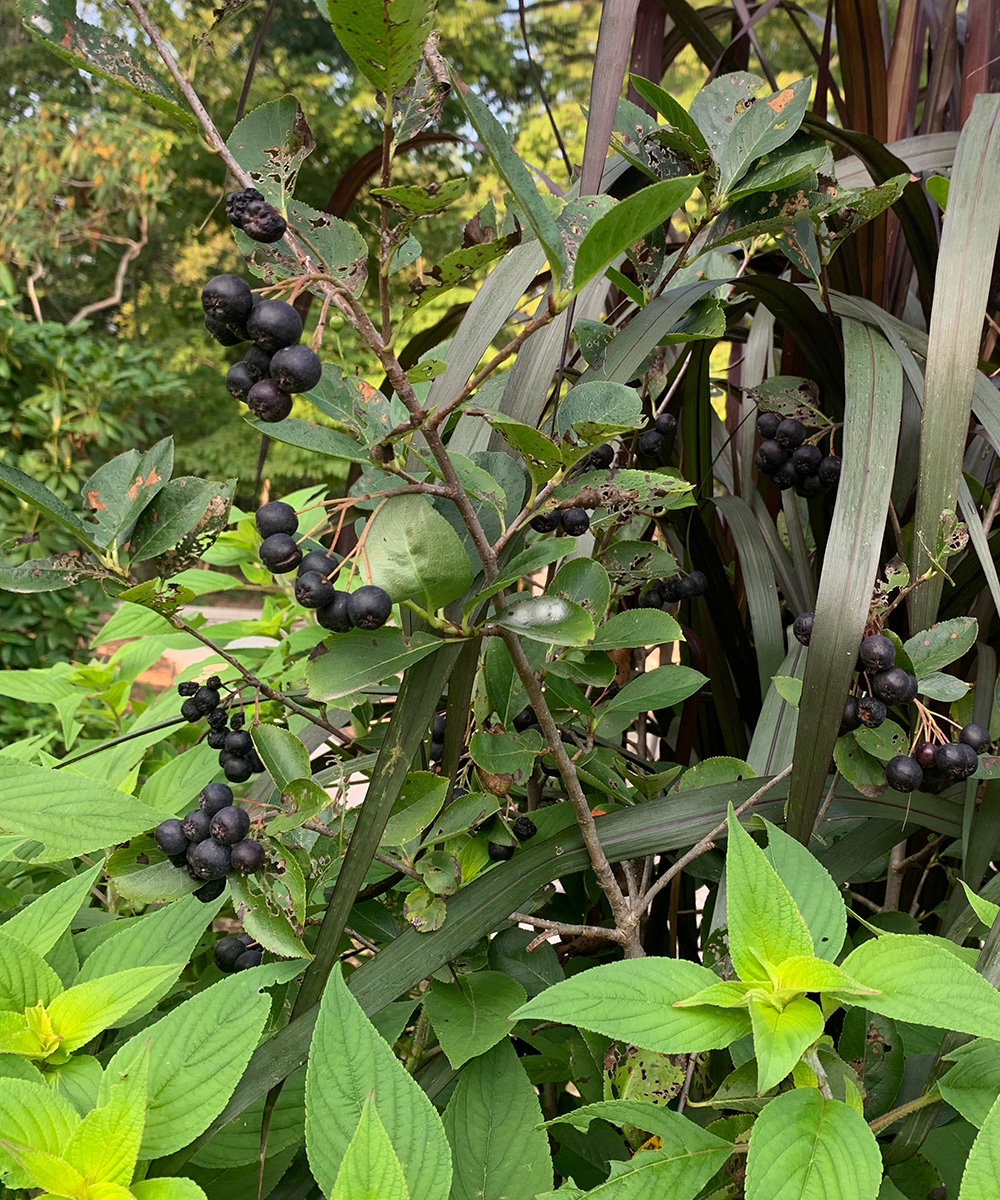
Black chokeberry
Aronia melancarpa, Zones 3–8
Another native must-have for fall is black chokeberry. Like American beautyberry, this shrub grows 3 to 6 feet tall and wide, but with a more upright habit. Its dark blue-black fruit and burgundy fall foliage will add drama to any garden bed or container display. Black chokeberry grows in average soil but tolerates wet, boggy areas as well. Give this plant a little room, as it will sucker and spread a bit. The sour fruit can be eaten but tastes better when used in jams with a little added sweetener.
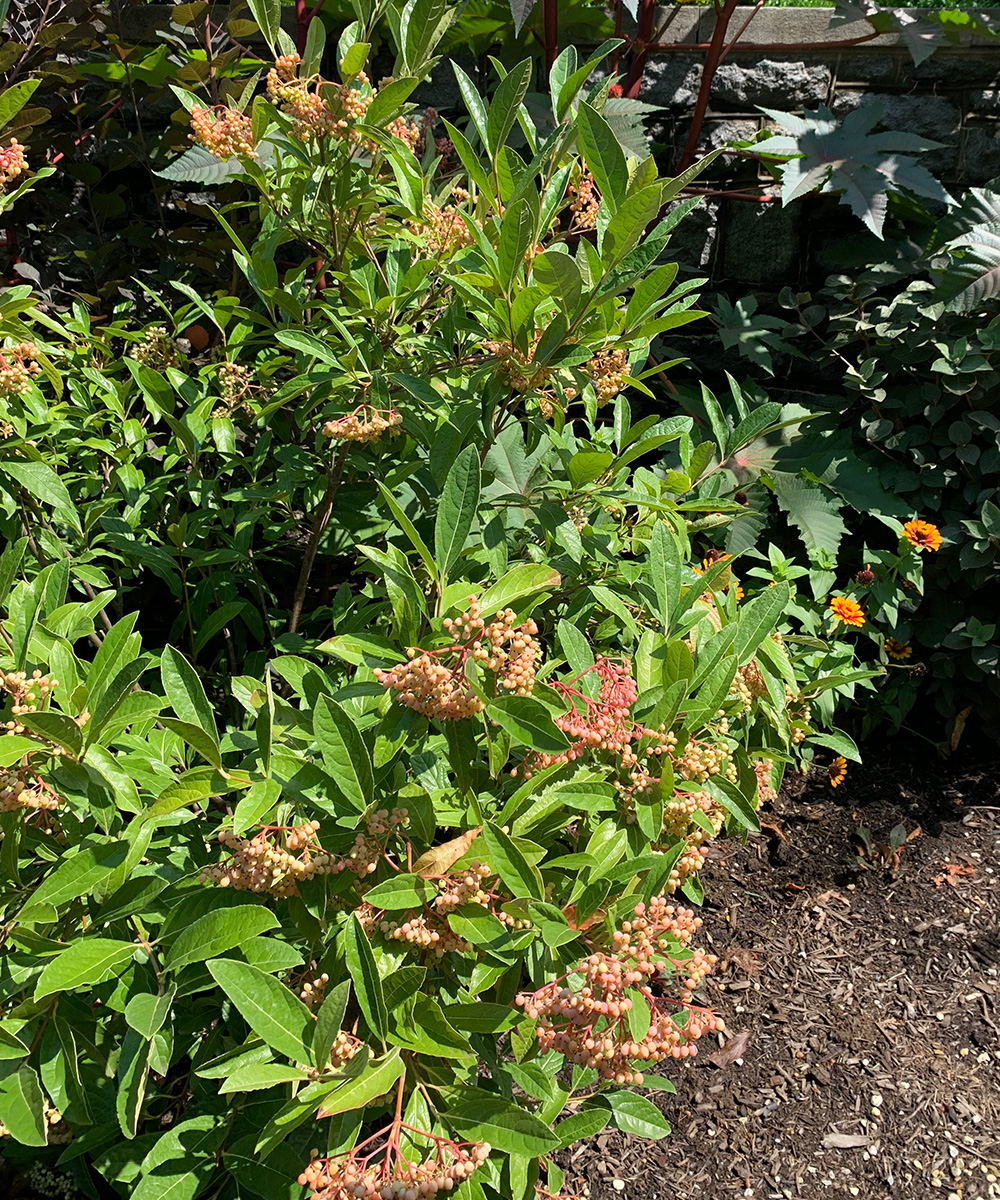
Brandywine possumhaw viburnum
Viburnum nudum ‘Bulk’, Zones 5–9
If you like ‘Winterthur’ viburnum (V. nudum, ‘Winterthur’, Zones 5–9), then you will adore Brandywine. Brandywine can be grown as a single specimen, although it will fruit better when planted in a group. ‘Winterthur’, on the other hand, must be planted in groups for better cross-pollination. Both cultivars have beautiful glossy green foliage that turns burgundy in fall, accompanied by rich purple and red fruit. Brandywine grows 5 to 6 feet tall and wide and thrives with very little maintenance in medium to wet soil.

American cranberry bush
Viburnum opulus var. americanum, Zones 2–7
American cranberry bush, formerly classified as Viburnum trilobum and sometimes called highbush cranberry, is a favorite North American native for fall interest. The bright maraschino cherry–colored fruit shines in fall among the lobed, maple-like leaves. This plant does best in soil with consistent moisture but can perform in a range of other conditions as well. Used in a woodland setting, this plant will thrive, reaching 8 to 12 feet tall and wide. Just keep an eye out for leaf spot and possibly powdery mildew. The berries are edible but should not be confused with commercially available cranberries (Vaccinium macrocarpon).

FloralBerry™ Sangria St. John’s wort
Hypericum × inodorum ‘KOLSAN’ (Zones 5–9)
This low-maintenance deciduous shrub looks great all summer into fall. It turns heads all summer with its golden yellow flowers sitting atop rich, burgundy-tinted foliage, and it continues to look fantastic in fall, when its berries appear. This plant is perfect for borders and containers, and its fruiting stems are wonderful in cut arrangements. It does best in moderately moist, well-drained soil. FloralBerry™ Sangria St. John’s wort reaches about 3 feet tall and wide, but one-third of the height can be pruned in late winter. If necessary, it can be cut back to the ground every few seasons.
—Michele Christiano has worked in public gardens for most of her career. She lives in southern Pennsylvania and currently works as an estate gardener maintaining a private garden designed by Piet Oudolf.
Fine Gardening Recommended Products

ARS Telescoping Long Reach Pruner
Fine Gardening receives a commission for items purchased through links on this site, including Amazon Associates and other affiliate advertising programs.

Scotts Cordless Grass-Shear/Shrub-Trimmer Combo
Fine Gardening receives a commission for items purchased through links on this site, including Amazon Associates and other affiliate advertising programs.
- 13.5 x 3 x 5 inches
- Uses a 7.2-Volt 2Ah high-capacity built-in lithium-ion battery; Includes a fast charger

A.M. Leonard Deluxe Soil Knife & Leather Sheath Combo
Fine Gardening receives a commission for items purchased through links on this site, including Amazon Associates and other affiliate advertising programs.





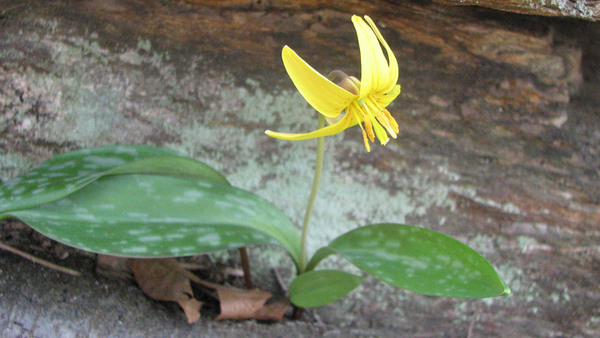













Comments
Log in or create an account to post a comment.
Sign up Log in